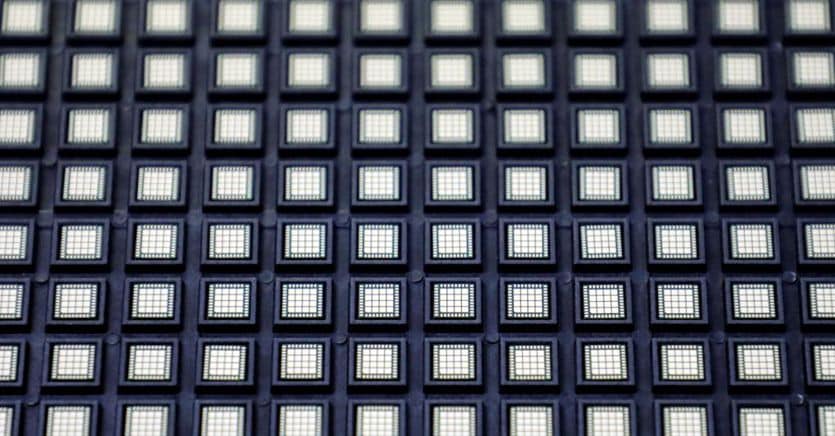It is an economic, industrial and political game that is being played in the very delicate sector of microprocessors. In the second quarter of 2022, the European Commission will present a legislative project, the European Chips Act, with the aim of strengthening Europe’s independence in this field. The discussion between the capitals and with Brussels is already animated. Just today, Thursday 18 November, the European Commission should open the door to targeted public aid.
Strategic sector
The importance of microprocessors leapt to the eye as production chains frayed in the wake of the viral pandemic. The impact has affected entire sectors, and not just the automotive one. Europe has discovered how dependent it is, at least in some respects, on Asian or American suppliers. Taiwan, for example, accounts for 17% of research, 60% of production and 53% of assembly worldwide, according to the Brussels research center Bruegel.
Everyone agrees therefore to strengthen the European industrial fabric in this field (with their Innovation and Competition Act the United States has just decided to invest 52 billion dollars in the sector). Not that the European Union is lacking in protagonists – in Belgium the IMEC, in France the Leti / Cea and in Germany the Fraunhofer-Gesellschaft network – they are state-of-the-art institutions, but their role is confined above all to research. On the production front, the European Union is lagging behind.
Verso uno European Chips Act
According to single market commissioner Thierry Breton, the European Chips Act must therefore help research, promote production, and offer a framework for signing international agreements: «It is urgent to equip Europe with a productive sector that is up to par. There is no point in betting on a division of labor in which Europe would limit itself to chips above 20 nanometers, while the United States and Asia would supply chips below 5 nanometers – the true market of the future. “
The open question concerns the use of subsidies. In a speech on Friday in Leuven, the Commissioner for Competition Margrethe Vestager opened the door to subsidies also in production – already today the projects of European interest (Ipcei) allow aid for research. “Out of a total of 5,000 products, there are 137 for which the Union is dependent on third countries (…) For 34 of these it is not foreseeable that the market will solve the issue on its own. It is in this field that we must concentrate our action ».
